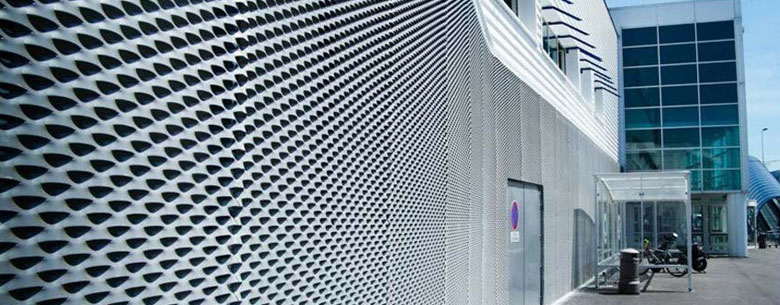Putting Up a Temporary Fence A Practical Guide
Temporary fencing is a versatile solution for a variety of needs, ranging from construction sites and special events to outdoor gatherings and property safety. Whether you are planning a festival, managing a large-scale construction project, or securing a private event, erecting a temporary fence can help define boundaries, enhance security, and ensure compliance with local regulations. In this article, we’ll explore the various aspects of putting up a temporary fence, including its benefits, types, and installation process.
Benefits of Temporary Fencing
The primary advantage of temporary fencing is its ability to provide a quick and efficient way to delineate space and improve safety. Here are some key benefits
1. Security Temporary fences act as a deterrent to unauthorized access. Whether you need to keep people out of a construction zone or secure an event, fencing is an effective way to manage foot traffic.
2. Safety In environments where there are potential hazards, such as construction sites, temporary fencing ensures that curious bystanders are kept at a safe distance from danger. It helps prevent accidents and liability issues.
3. Privacy For special events like weddings, festivals, or private parties, temporary fencing can create a sense of exclusivity while also managing the flow of invited guests.
4. Flexibility Temporary fences can be easily moved, adjusted, or removed entirely when they are no longer needed. This adaptability makes them ideal for short-term uses.
5. Cost-Effective Compared to permanent fencing solutions, temporary fencing is generally more affordable and does not require a long-term commitment.
Types of Temporary Fences
There are various types of temporary fencing, catering to different needs
1. Chain Link Fencing This is one of the most common types. Chain link fences are durable, provide visibility, and can be installed quickly.
2. Mesh Fencing Often used for events, mesh fencing is lightweight and can include branding options. It provides some privacy while still allowing airflow and visibility.
putting up a temporary fence

3. Panel Fencing This type is portable and easy to set up. It is ideal for outdoor events, as it can be moved to adapt to changing layouts and is often used for crowd control.
4. Concrete Block Fencing Providing more security and stability, this type is often used for construction sites and high-security areas.
Installation Process
Putting up a temporary fence can be a straightforward task if done correctly. Here’s a step-by-step guide
1. Planning Determine the area that needs fencing. Measure the perimeter and consider any gates needed for access. Assess local regulations and obtain necessary permits if required.
2. Choosing Fencing Type Select the type of temporary fencing that best suits your needs based on the environment and purpose.
3. Gathering Materials and Tools Collect all necessary materials, including the fencing panels, posts, connectors, and any tools you'll need for installation (e.g., a hammer, gloves).
4. Setting Up the Fence Begin by positioning the first panel at a corner. Secure it in place, ensuring it is straight. Continue adding more panels, connecting them as you go. Use stakes or weights to prevent movement.
5. Creating Gates If access points are required, include gates in your setup for easy entrance and exit, ensuring they operate smoothly.
6. Final Checks Once the fence is up, walk along the entire perimeter to check for stability and ensure that everything is secure.
7. Maintenance Periodically check the fence for any damage or loosening that may occur over time, especially if it faces high winds or rough weather.
Conclusion
Putting up a temporary fence is an effective way to enhance security, safety, and organization for various activities and environments. By understanding the benefits, types available, and the installation process, you can ensure that your temporary fencing solution meets your specific needs effectively. Whether for a one-time event or a longer-term project, investing time in planning and execution will yield positive results.
-
Why Galvanized Trench Cover Steel Grating Resists Corrosion
NewsJul.10,2025
-
The Versatility and Strength of Stainless Expanded Metal Mesh
NewsJul.10,2025
-
Load Calculations in Steel Grating Platforms
NewsJul.10,2025
-
Keeping Pets and Kids Safe with Chicken Wire Deck Railing
NewsJul.10,2025
-
Hole Diameter and Pitch for Round Perforated Metal Sheets
NewsJul.10,2025
-
Aluminium Diamond Mesh in Modern Architecture
NewsJul.10,2025
Subscribe now!
Stay up to date with the latest on Fry Steeland industry news.

